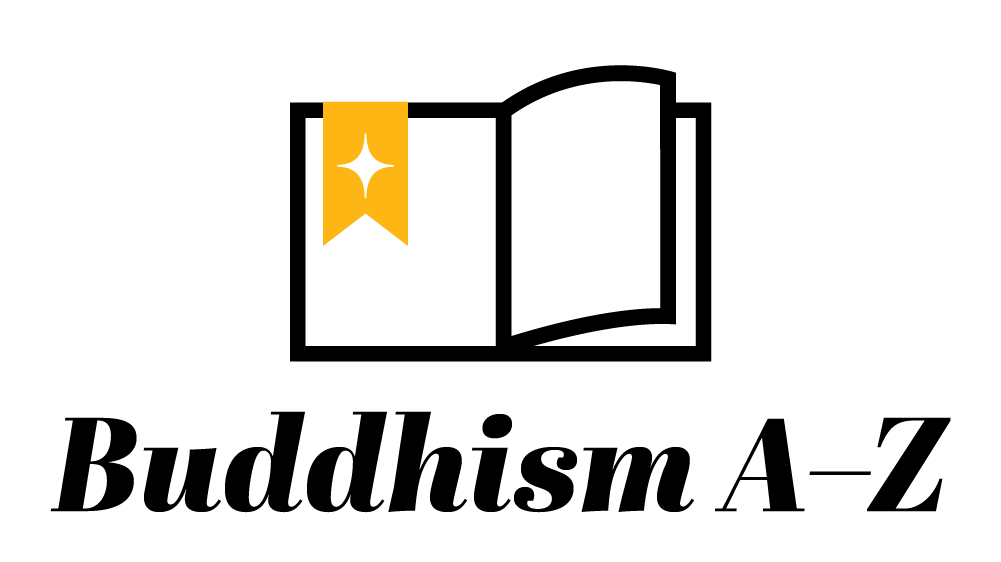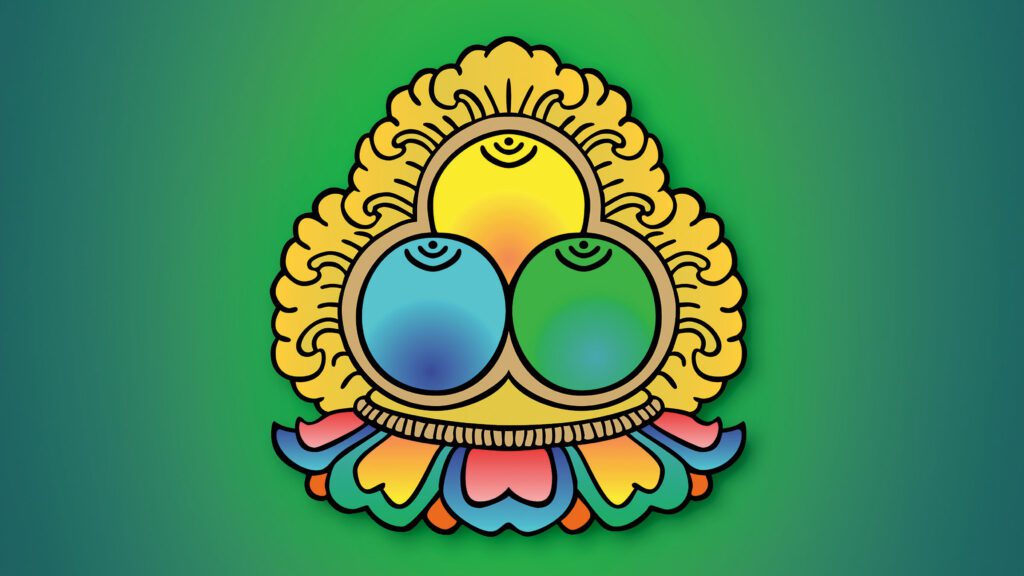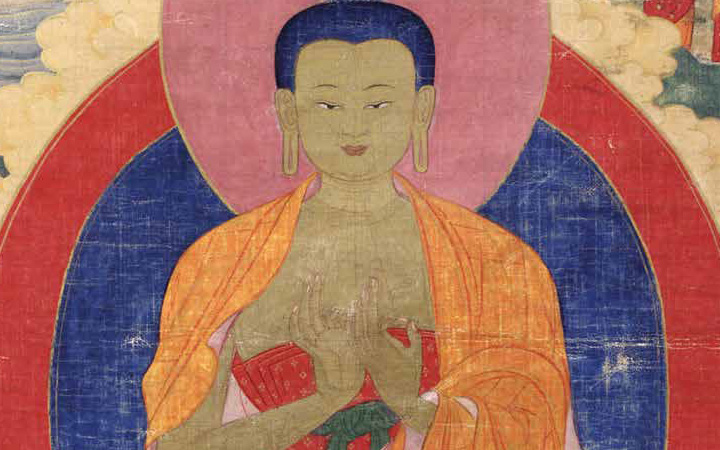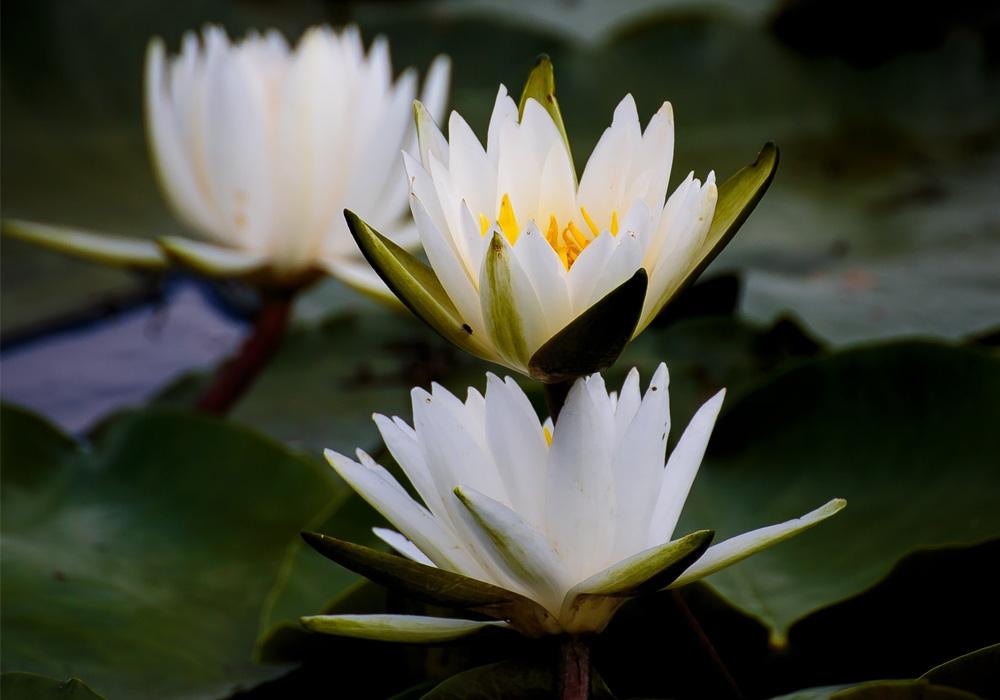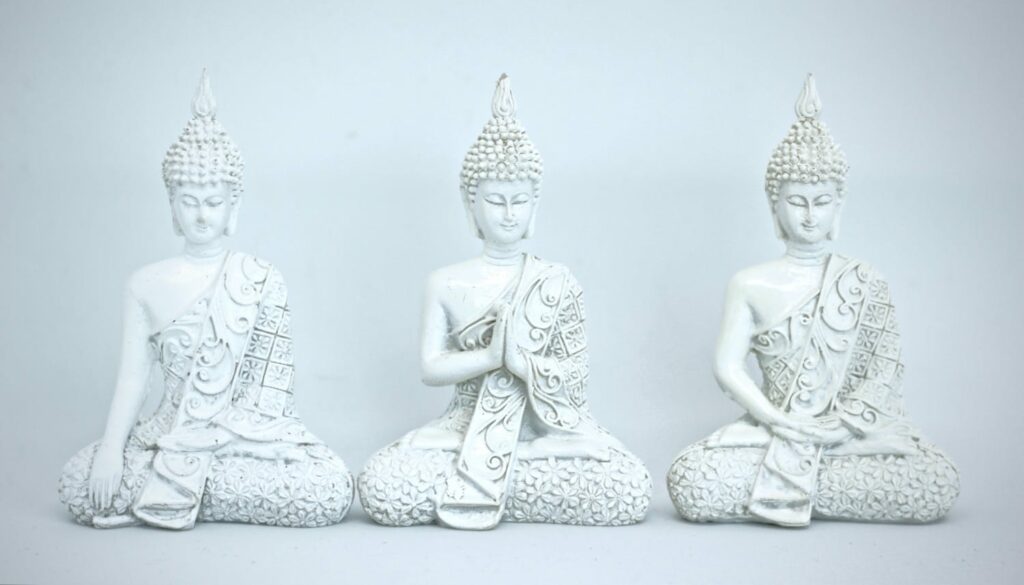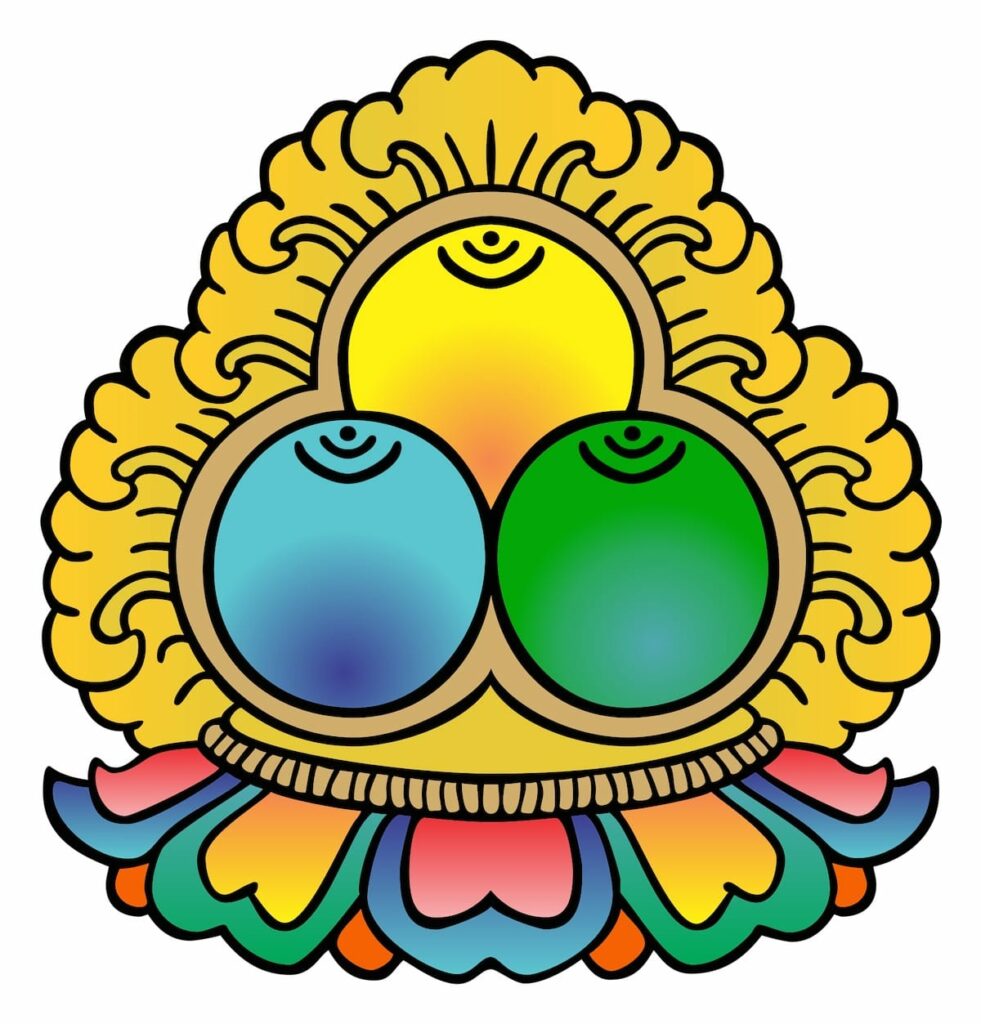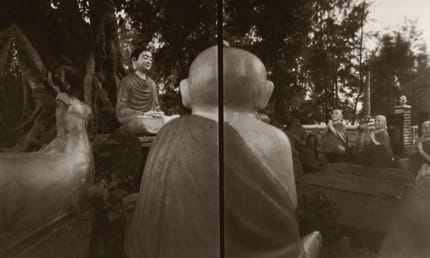The three jewels of Buddhism are the Buddha, the dharma, and the sangha. The Buddha is the teacher, the dharma is the teachings, and the sangha is the community of Buddhist practitioners. Also known as the three treasures or three refuges, they are the central pillars of Buddhist faith and practice since Buddhists believe that only they offer true freedom from suffering.
Buddhists acknowledge their commitment to the Buddha’s teachings and the path to awakening by taking refuge in the three jewels. This signifies their reliance on the wisdom of the Buddha, the transformative power of the dharma, and the supportive community of the sangha. But when you take refuge in the three jewels, you aren’t taking refuge in three external objects. You’re taking refuge in the potential that lies within you. You are entrusting yourself to the power of wisdom, compassion, and mindfulness and opening yourself up to the possibility of transformation and liberation.
1. Buddha: The Teacher
This refers, first, to the historical Buddha, Siddhartha Gautama. He is considered the original teacher, guide, and example for all Buddhists to follow. The Buddha offered humanity a path to liberation from suffering. He was not a god but a human being like us, and his life shows us that we, too, can follow the path to enlightenment. More broadly, buddha refers to all teachers and enlightened beings who inspire and guide us.
2. Dharma: The Teachings
The Buddhist teachings, known as the dharma, start with the fundamental truths that the Buddha himself discovered when he was seeking liberation from suffering. The dharma includes the Buddha’s foundational teachings such as the four noble truths, the three marks of existence, the eightfold path, and the practice of mindfulness, as well as the vast body of Buddhist teachings that have been developed in the 2,600 years since the Buddha’s lifetime. It’s worth noting that the Sanskrit word dharma also means a thing or object in the conventional sense. In either case, the word denotes a fundamental law or truth of reality.
3. Sangha: The Community
The term sangha originally referred to a community of monastics, and this remains true in the Theravada and Nichiren Shoshu schools of Buddhism. In the West today, sangha has also come to mean the community of Buddhist practitioners generally, both monastic and lay. You will also hear Buddhists talk about “my sangha,” meaning the specific Buddhist community or organization to which they belong. The sangha supports and inspires us on the path.
Related Reading
Take Refuge in the Three Jewels
If we take refuge in the Buddha, the dharma, and the sangha, we are never alone. Three Buddhist teachers explain.
How to Find True Refuge in an Uncertain World
We all want security, yet too often we look for it in the wrong places. Br. Phap Huu on a safety that does not depend on circumstances.
Why We Take Refuge
There are two kinds of refuge. The reason we take refuge in the outer forms of enlightenment is so that we may find the buddha within.
Shelter in the Three Treasures
Vanessa Zuisei Goddard shares how taking refuge in the three treasures of buddha, dharma, and sangha allows us to practice not in spite of trying circumstances, but with them.
How the Three Jewels Healed My Heart After Abuse
In the midst of an abusive relationship, Buddhist practitioner Ray Buckner says the three jewels were painfully absent from their life.
Trusting the Three Treasures
Taking refuge in the Buddha, dharma, and sangha, says Geoffrey Shugen Arnold, involves taking a leap forward with a deep sense of trust in our own basic nature and the natural wisdom of all phenomena.
Taking Refuge in the Triple Gem
Essentially each practitioner of Buddhist meditation makes the journey alone, but many find that committing themselves to the three jewels—Buddha, dharma, and sangha—helps take them further. These three make up the lineage, philosophy, and community of Buddhism, explains Christina Feldman, and their purpose is to deepen and expand our practice.
Are We Really Taking Refuge?
Carolyn Rose Gimian reflects on modern-day practitioners’ ambivalent commitment to the three jewels and considers what we might be losing.
Buddhism A–Z
Explore essential Buddhist terms, concepts, and traditions.
